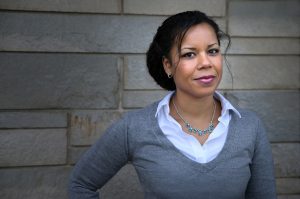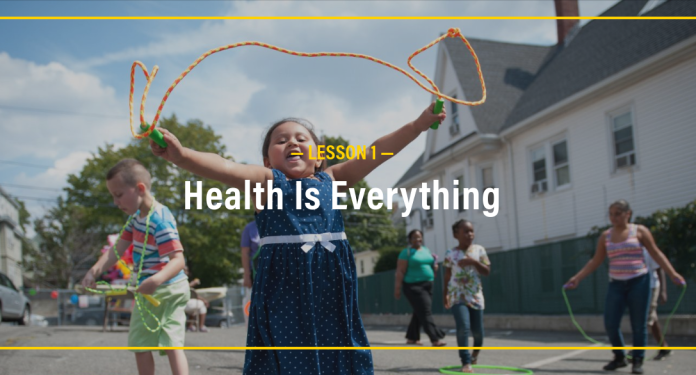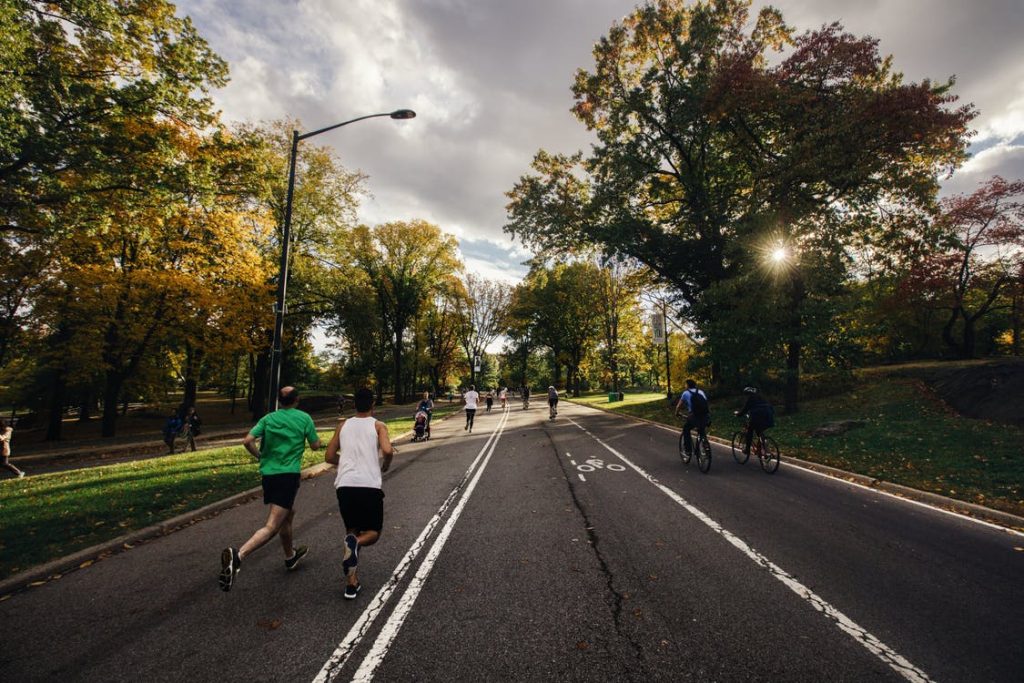People of color are more likely to develop chronic diseases and die younger than white adults. Genetics aside, environmental issues in urban communities–scarce access to healthy foods, lack of walkable and bikeable green spaces, and limited safe spaces–play a significant role in elevated rates of inactivity, which in turn contribute to obesity and subsequent poor health. Similarly, communities of color are plagued by inadequate housing conditions and exposure to environmental toxins that promote cancer, asthma, and other respiratory problems.
How do we promote healthier communities?
Fostering healthy cities demands a diverse workforce of urban planners that mirror communities of color, have similar lived experiences, and can transform policies and practices that affect populations vulnerable to their built environment. As the American landscape continues to become increasingly diverse, broadening the pool of planners of color is even more imperative to ensure that changes in policies and practices are culturally sensitive and inclusive.
The challenge is that urban planners of color are underrepresented, with only 16% of planners across all levels of leadership and one in five among all U.S. full-time faculty being of color. “A primary concern is the pipeline,” says New Connections network member Andrew J. Greenlee, PhD, an assistant professor in the Department of Urban and Regional Planning at the University of Illinois at Urbana-Champaign, and a leadership member of the Planners of Color Interest Group (POCIG) of the Association of Collegiate Schools of Planning.
John Jairo Betancur, PhD, a professor of urban policy and planning at the University of Illinois at Chicago, further stresses the importance of addressing diversity. In particular, Dr. Betancur references the greater underrepresentation of some “minority” racial and ethnic groups, like Latinos, throughout increasing levels of leadership and how that affects efforts to build and sustain the pipeline.
Additionally, planners of color in academia encounter barriers being promoted, mainly because their research is situated around communities of color, and therefore is not viewed by leadership and peers as being technical or rigorous. When faculty of color are not able to progress in leadership and have a seat at the table to voice issues that influence policy changes, we continue to cycle the same systems and practices that perpetuate health inequity and a weakened pipeline to tackle them.
How do we best support urban planners entering the pipeline?
Dr. Greenlee emphasizes the need for more support systems to help students of color become planners and subsequently tenured faculty. Professional associations like the American Planning Association, Urban Affairs, and specialized interest groups like the POCIG serve as valuable resources and support systems for students and faculty throughout their career trajectory. It can also be beneficial to join a professional network like New Connections that is invested in the career growth and development of scholars from underrepresented backgrounds.
New Connections, a national program of The Robert Wood Johnson Foundation (RWJF) at Equal Measure, is committed to developing a diverse network of scholars to broaden perspectives and improve health and health care practices. The program offers three primary professional development opportunities to junior investigators: (1) skills development, (2) research funding, and (3) networking. As a marker of the program’s commitment to health equity, New Connections has supported more than 900 network members and funded 155 scholars. Among our funded scholars, 36% have focused on uncovering and attending to issues concerning built environment disparities to advance health.
How do we position the voices of scholars of color to foster healthy cities?
New Connections places the voices of underrepresented researchers at the forefront as partners for and with underserved communities to improve health outcomes. The research of program scholars promotes health equity by employing asset-based approaches and culturally appropriate practices. The following examples highlight the work of New Connections scholars funded to attend to issues of the built environment, including the health impact of housing redevelopments, food insecurity, and walkability.

First, acknowledging that African Americans, followed by Latinos and Native Americans, are more likely to live in inadequate housing–places that may have lead, asbestos, or toxic exposure–New Connections has funded projects investigating the impact of public housing on elevated morbidity associated with risky health behavior and environmental hazards. Tamara Leech, an associate professor of social and behavioral sciences at Indiana University, studied the implementation of the 1998 public housing reform and the relationship of public housing on adolescent risk health behavior. Dr. Leech observed that vouchers for subsidized housing may protect against adolescent substance use and violence.

Program scholars have examined how the lack of amenities and safe spaces to engage in physical activities like walking and biking contribute to greater obesity prevalence in communities of color. Antwan Jones, associate professor of sociology at The George Washington University, assessed the role of residential instability on adolescent obesity. His study demonstrated that access to physical activity amenities promotes better adolescent health and helps protect against obesity.
New Connections scholars have also observed the influence of limited access to healthy food on obesity and related health conditions. Diana Grigsby-Toussaint, associate professor at the University of Illinois Urbana-Champaign, evaluated the social and economic difference of targeted food marketing at community supermarkets on child health. She found that unhealthy foods (e.g., sugary cereals, snack bars, and drinks) were more prevalently marketed and available in African American neighborhoods.

How do we continue to partner with urban planners?
New Connections recognizes the importance of working closely with urban planners to encourage policies and practices that envision healthy cities and build a Culture of Health for all Americans. Looking forward, there is much work to do as we continue to unearth answers to the challenges of communities of color. We reach for the ultimate goal of health equity and creating a climate for diversity that continues to support pathways for students become planners and eventually planning professors. We are seeking to engage and invest in urban planners of color and the communities they serve. For more information about New Connections funding and network services, visit www.rwjf-newconnections.org or email info@rwjf-newconnections.org.
Lisa Aponte-Soto serves as the national program deputy director of New Connections. She works on the advancement of racial and ethnic scholars of color through education, advising, and career coaching, and advocates for academic and health equity among underserved and underrepresented populations. Lisa has a PhD in behavioral science and health promotion from the Division of Community Health Services at the University of Illinois at Chicago School of Public Health, and an MHA in health management and policy from Governors State University.





